[ad_1]
One among many prettiest, brightest, and easiest-to-grow workhorses of the annual yard is the nasturtium. I always have further trays of seedlings spherical and plug them in wherever doable.
Some radishes didn’t germinate? Change them with nasturtium. Voles sucked some eggplant seedlings down into their tunnel? Fill inside the gaps with nasturtium. Cooks making an attempt to purchase edible flowers? Nasturtium!
Everybody is aware of nasturtium flowers are important inside the yard, nonetheless do they protect bugs away? Let’s get into the a lot of makes use of of nasturtium and the way in which it would assist you repel pests.
The Temporary Reply
The temporary reply is bound. Nasturtiums can repel pests like cabbage loopers, aphids, whiteflies, squash bugs, and certain beetles. They may deter mosquitoes with their spicy scent.
Nonetheless, some bugs are concerned with nasturtiums. This allows you to use them as a entice crop to lure them away out of your additional fascinating vegetation.
Let’s dive in so we are going to try and understand additional.
The Prolonged Reply
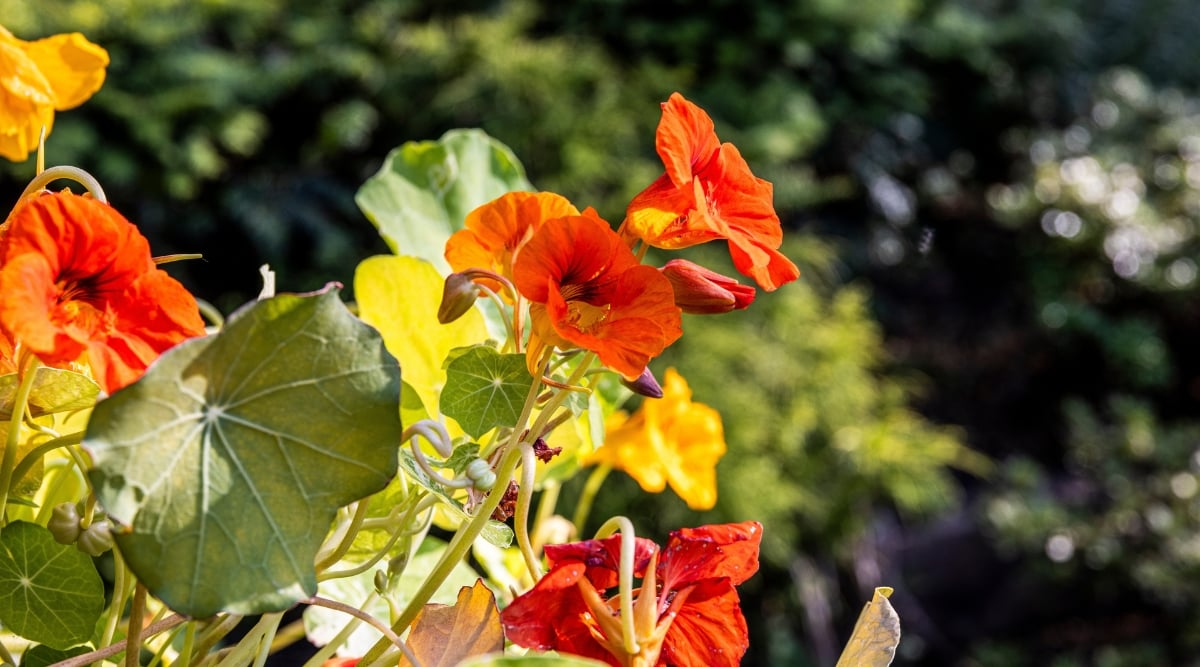

Nasturtiums are a most popular flower that gardeners and farmers plant alongside borders, in between rows, and as pops of colors alongside shrubs and tree strains. The seeds are large and simple to sow. They’ve good germination and progress fees. They don’t require loads care, which is a giant revenue for a busy gardener!
As if we didn’t love them already, their scent and style deter certain pests, repel others, and entice beneficials. It might be just a bit robust to know the place to plant nasturtium to benefit from their yard companionship. Plant it near the acceptable crops, and it’s a match made in heaven. Plant it near the fallacious crops, and likewise you is more likely to be combating your selection all season.
Why Nasturtiums Make Good Companions
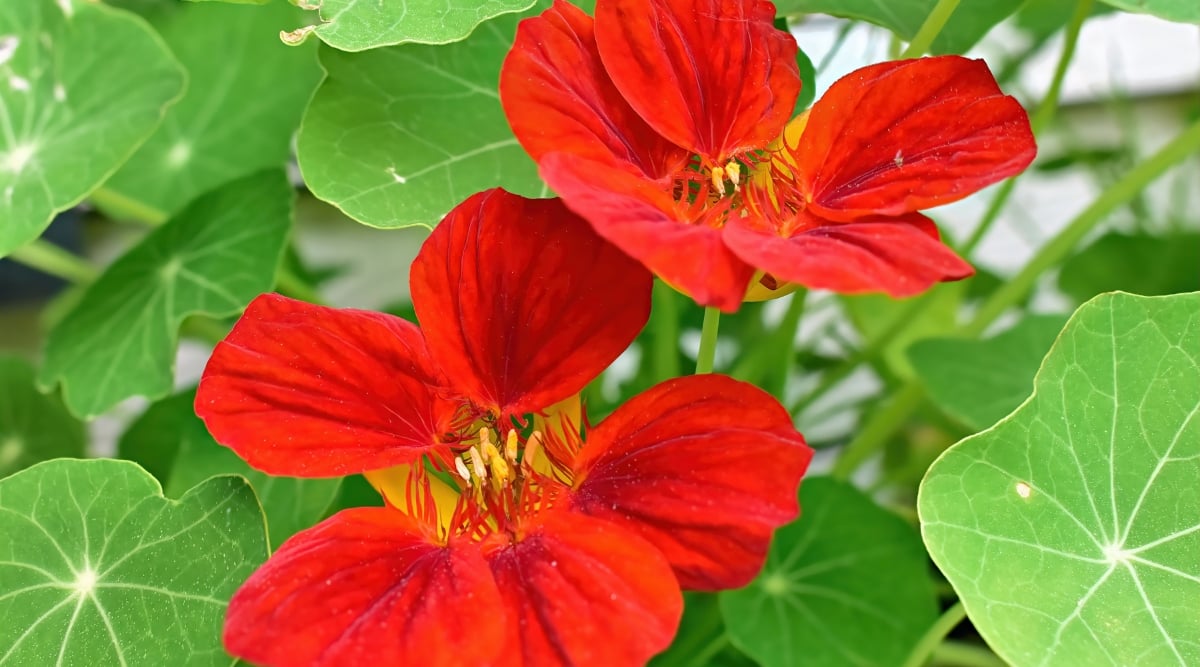

Nasturtiums not solely look and elegance good, they’re multi-purpose inside the yard. They are going to:
- Repel pests and customarily confuse them
- Work as an environment friendly entice crop by drawing pests away from cash crops
- Enchantment to helpful bugs that, in flip, deal with the harmful pests for you
- Help suppress weeds as an understory plant
- Fill in empty areas and help with soil erosion
Make sure you select the acceptable form of nasturtium to develop in your yard desires. Choose a trailing variety in case you intend to develop them in hanging baskets or alongside a fence, or a compact bush variety for borders, intercropped, or in mass. Select colors that work in your design.
Take into accout nasturtium prefers moist and low-fertilized soil so crops that need it dry couldn’t make the right yard mates.
Use Them to Enchantment to the Good Bugs
Nasturtiums repel pests, nonetheless moreover they entice good bugs which will revenue your yard by providing pure pest administration.
Useful Bugs
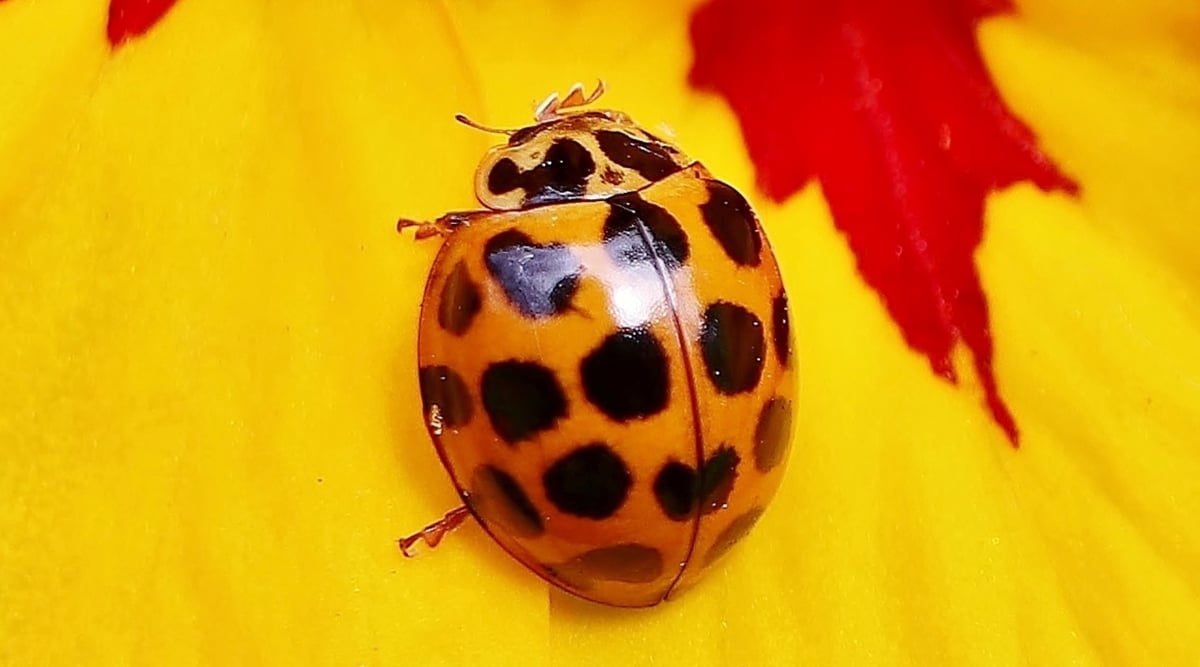

Nasturtiums entice and perform a necessary attractant for bugs you want in your yard, like ladybugs, hoverflies, and lacewings. All of them efficiently deal with populations of aphids and totally different pests you don’t want hanging out.
As an example, a necessary pure enemy of whiteflies is the larvae of lacewings. Lacewing adults are extraordinarily concerned with nasturtiums, and the plant is a potential place they’ll lay their eggs. Plant nasturtium near your eggplant and peppers to keep up whitefly populations in confirm.
Whereas planting a bug attractant in your yard seems counterintuitive, this gorgeous companion plant assists you in balancing the ecosystem in a pure technique.
Use Them as a Entice Crop
Entice crops are additional engaging and delicious to a pest than your totally different crops. They might lure inside the bugs after which be sacrificed. Additional entice crops might be planted of their place for regular pest administration.
Nasturtium, as a strongly-scented herb, may be very engaging to some widespread pests. Sow trays of nasturtiums all yr lengthy so you always have a relentless present of a pure entice for pests.
Aphids
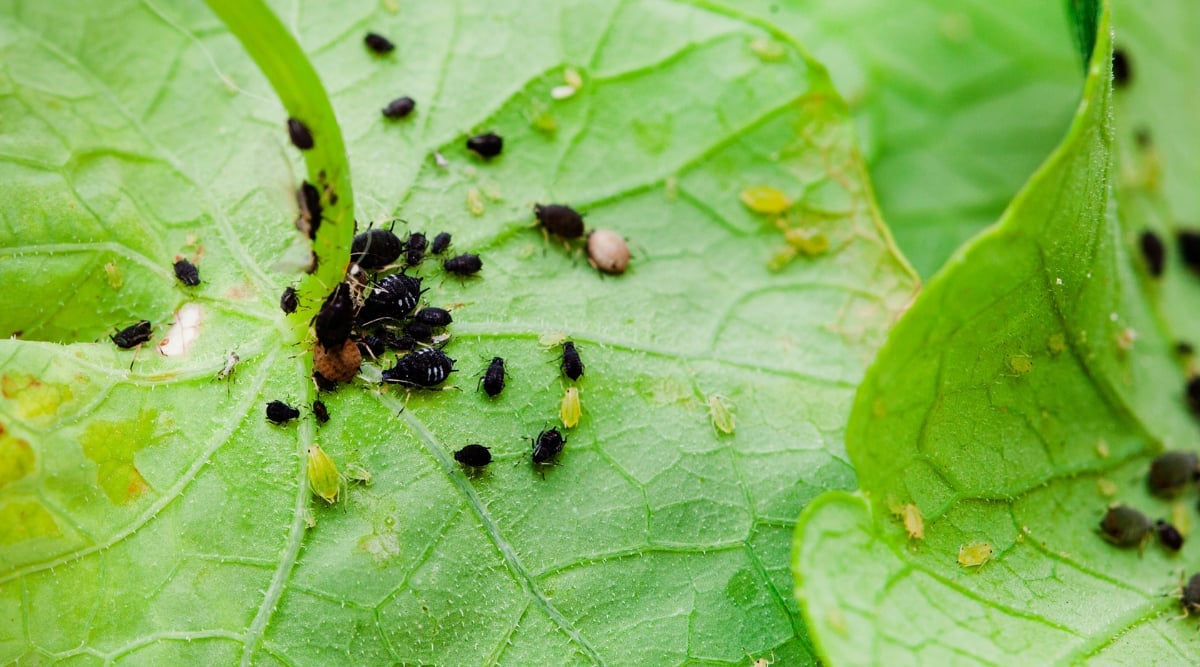

Not all aphid varieties are concerned with nasturtium, nonetheless in case you develop crops like lettuce, kale, cabbage, or roses, this plant will lure them away. Plant nasturtium about six toes away from the crops that you must defend. Don’t go any nearer, or they’ll merely hop once more over to the great issues.
Melon, inexperienced peach, and potato aphids must effectively be deterred. Nasturtium will perform an environment friendly entice crop.
Borers
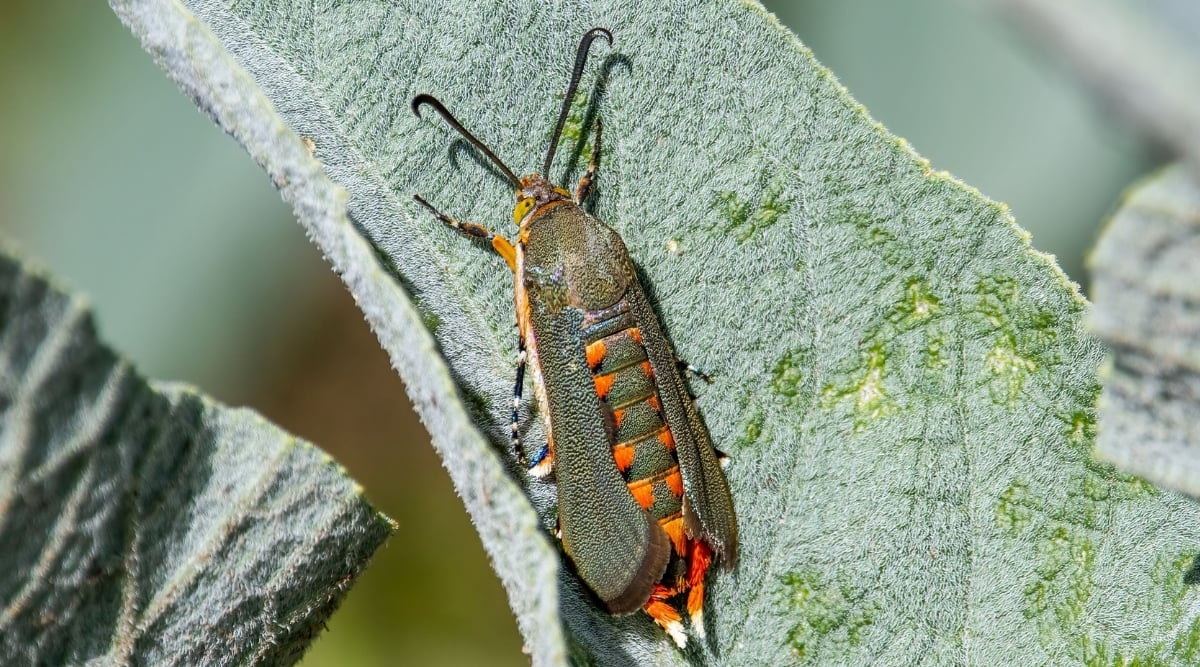

Defending borers away is crucial for these of us rising quite a few fruits. Add nasturtiums all through the underside of fruit timber to help protect moisture and suppress weeds. They’ll hold merely low enough to the underside that any pests attracted will keep there instead of leaping to the timber.
Flea Beetles
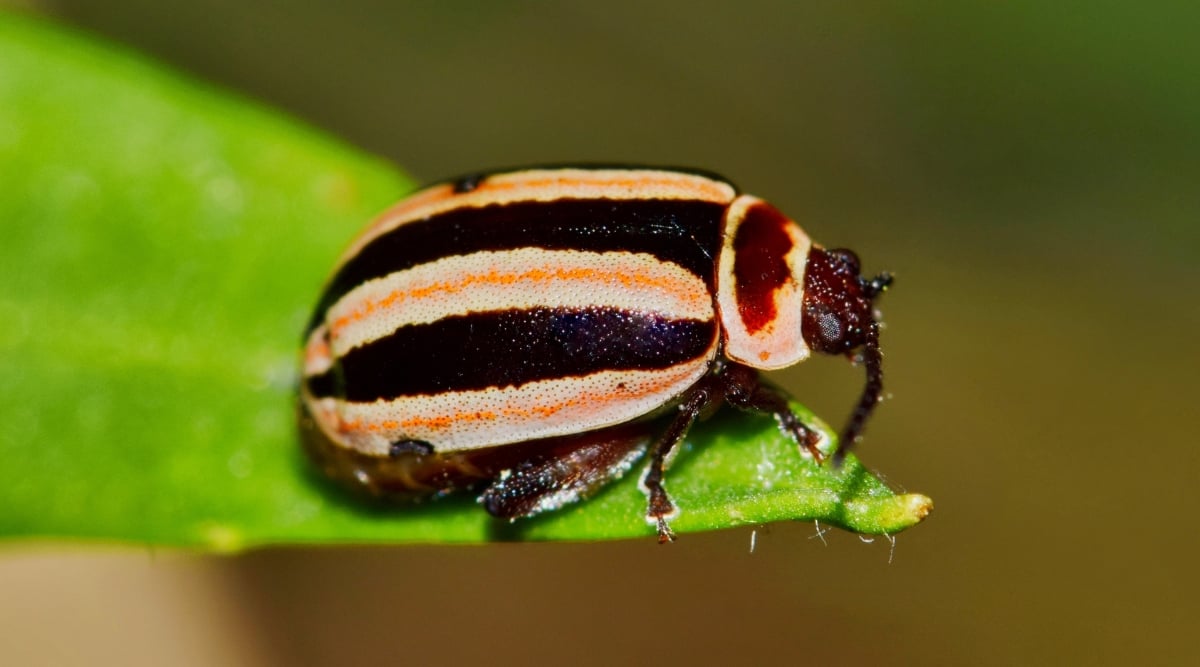

Identical to aphids, flea beetles love nasturtiums, so planting them 5 to six toes away from crops like broccoli, kale, cabbage, and lettuce will protect or a minimum of delay them going after the cash crops, flocking to the nasturtium instead.
Skilled tip: Cowl newly transplanted brassicas with insect netting or row cowl inside the early spring when flea beetles are most prevalent. As they mature, they’ll be additional ready to fend off pests, and you might take away the overlaying as they develop. Analysis current nasturtium to be an easier entice crop, lowering hurt to important leafy greens inside the spring versus fall.
Use Them to Repel Pests
Nasturtium may be intercropped with totally different crops to repel certain pests. Nasturtiums comprise a chemical compound that presents them their peppery aroma and style. This serves as a non-hazardous technique to administration pests by turning many bugs off. Listed under are only a few which will fly correct by within the occasion that they scent nasturtiums.
Cucumber Beetles
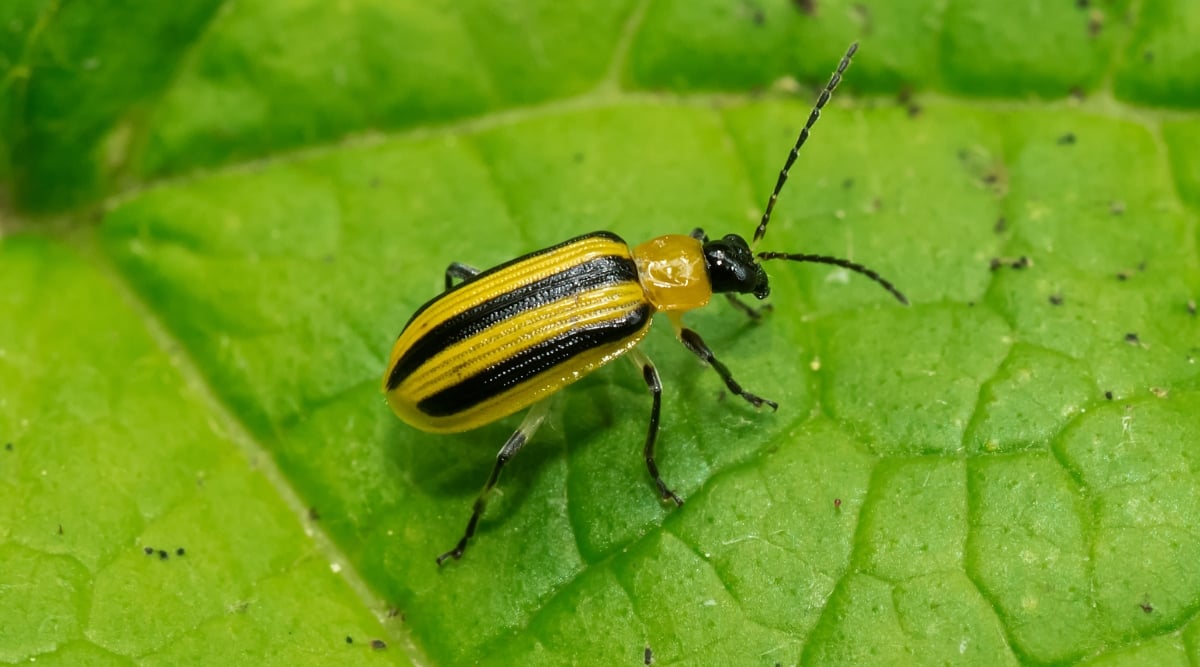

These dangerous beetles will go after squash, cucumbers, winter squash, pumpkins, watermelon, and further. If populations aren’t managed, they’ll stick spherical all season, creating new generations. They’ll hibernate inside the soil and yard particles, rising correct throughout the time your summer season yard is ready to pop with their favorite host vegetation to feed on.
The good news is that the peppery fragrance of nasturtiums repels these pests. Try planting a vining nasturtium choice in between rows to confuse the beetles.
Squash Bugs
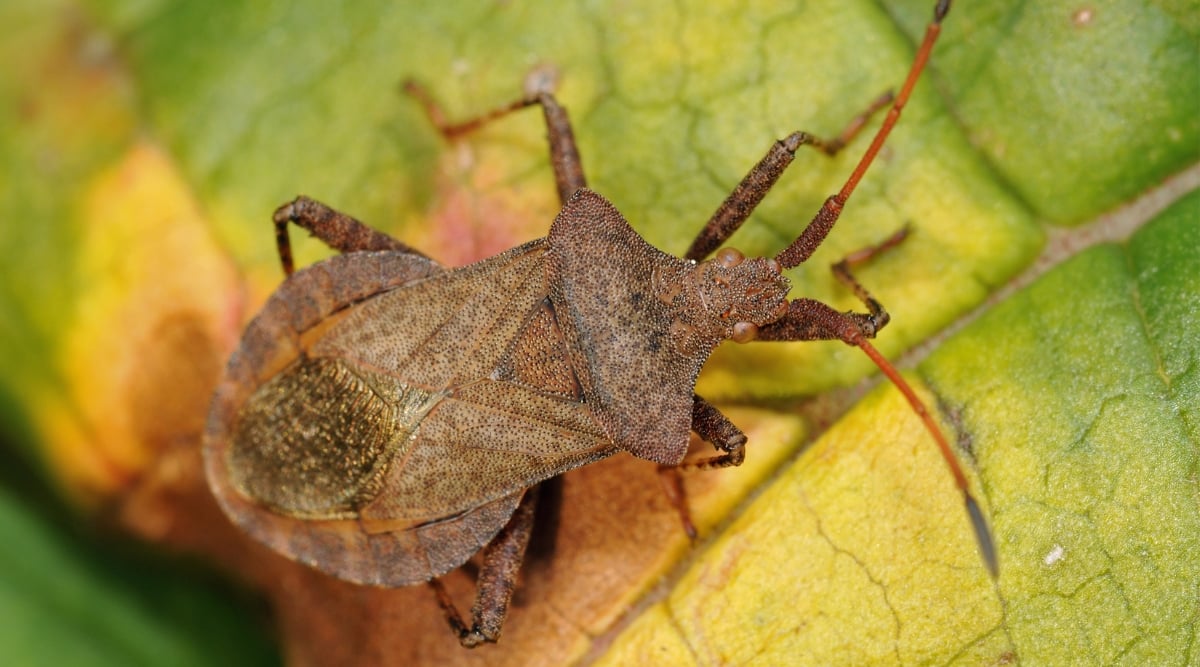

Companion planting nasturtiums spherical your summer season and winter squash will deter squash bugs from landing on them and laying their eggs.
Cabbage Loopers


That’s the arch nemesis of late summer season and fall gardens, seemingly coming out of nowhere to rapidly destroy a patch of kale, collards, and each different cruciferous greens you will have rising.
The spicy scent of nasturtium planted sporadically by means of your annual veggie yard or correct alongside them will help repel these pests.
Cabbage Worms
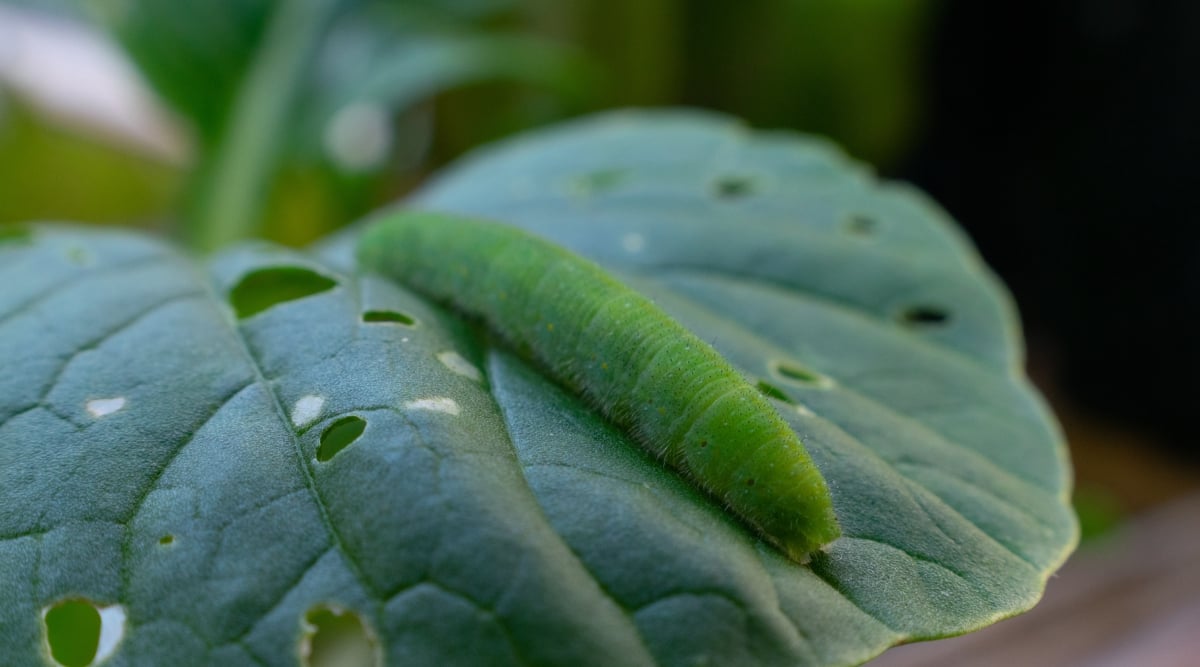

Cabbage worms can devour full leaves off your vegetation in a single day and switch on to the next. For individuals who’re not cautious, you would possibly lose your whole leafy greens.
Skilled tip: Select purple kales because the sensible inexperienced worms stand out clearly on the leaves, making them easier to determine and destroy.
Nasturtiums repel grownup cabbage worms. As quickly as nasturtium vegetation are mature, they bounce once more fairly quickly from hurt from any larvae who do uncover their technique onto the vegetation.
Mexican Bean Beetle
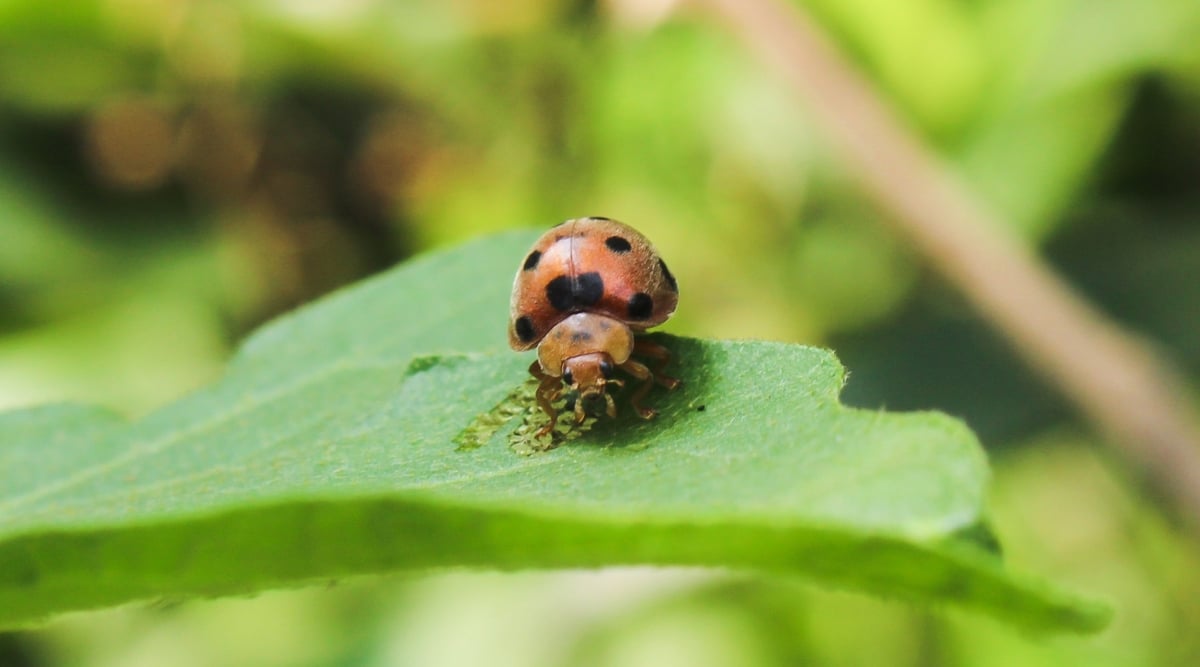

Interplanting compact nasturtium varieties on the bottom of pole beans or trailing varieties to develop up and in between bean vines may help repel Mexican bean beetle pests.
Mosquitoes
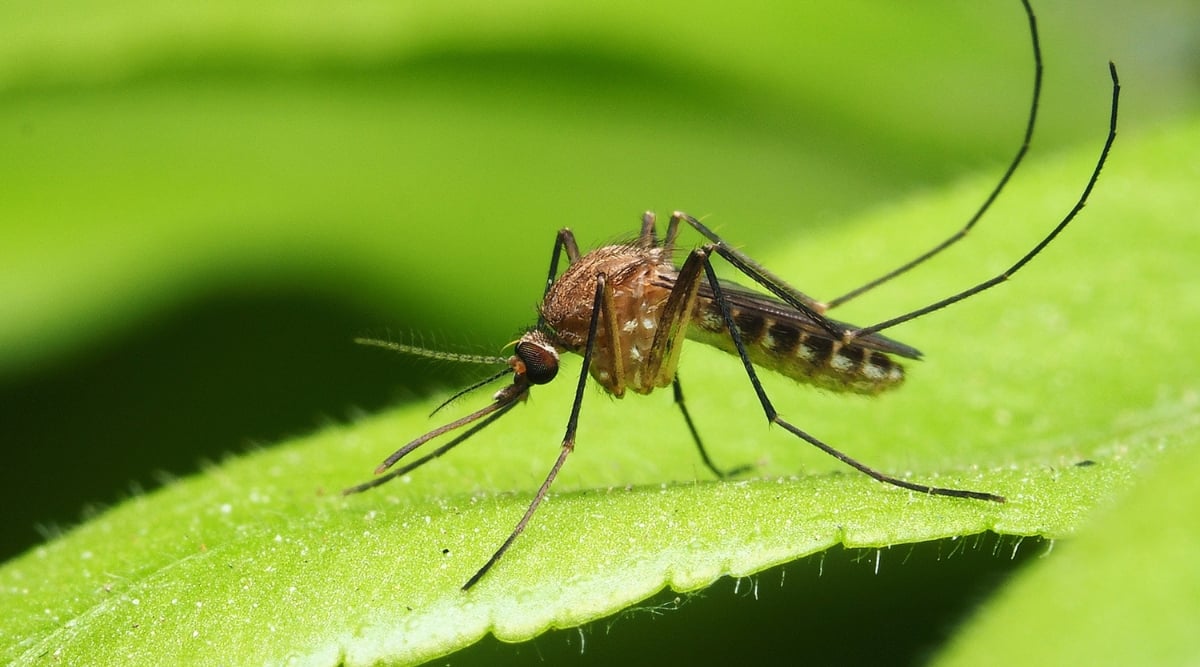

The sturdy aroma delay by nasturtiums is thought to confuse and repel mosquitoes. Plant nasturtium in pots and place them spherical any outdoor seating house for a additional good, bite-free environment.
Colorado Potato Beetles
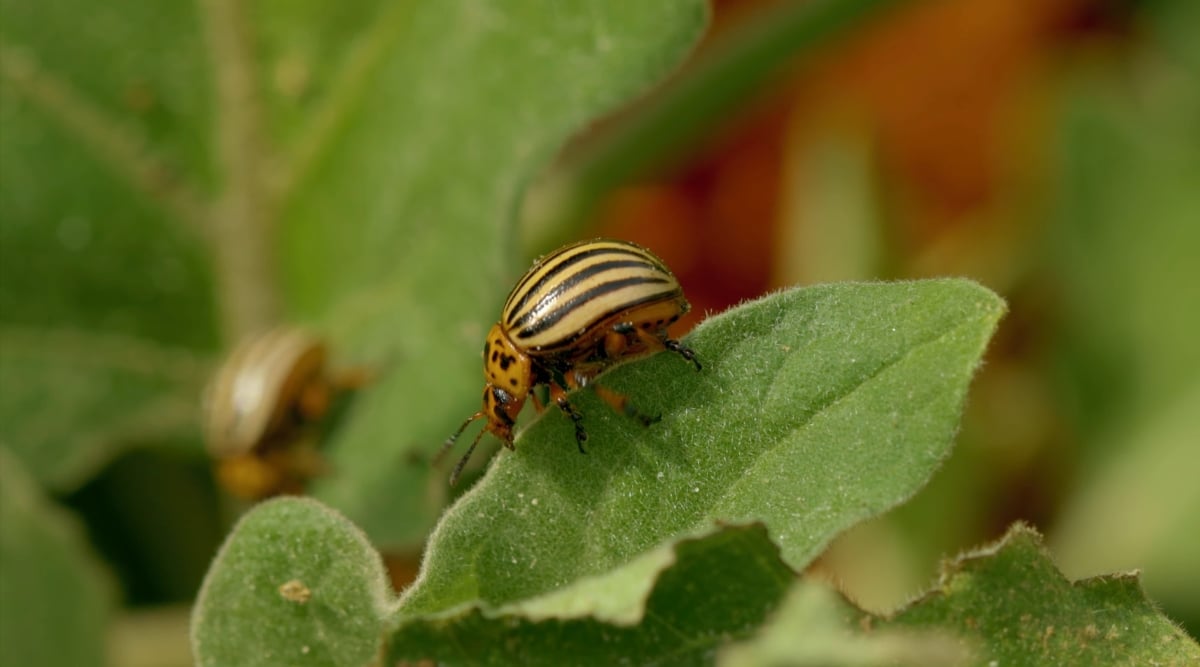

The Colorado Potato Beetle (CPB) seems to be confused by nasturtiums. The spicy fragrance of the nasturtiums throws off their sense of scent, taking away their ability to efficiently uncover the vegetation they should feed on, so that they merely fly away.
Though potatoes are their host of choice, they are often found feeding on tomatoes, eggplant, and quite a few weeds. Check the undersides of solanaceous crops for his or her eggs.
Plant Nasturtiums Near, Nevertheless Away From These Crops


Companion planting isn’t solely a fad. It’s a scientifically backed gardening hack with confirmed benefits! The subsequent crops revenue from having nasturtium planted shut by nonetheless not correct subsequent to them:
- Beans: to repel the Mexican bean beetle
- Big brassicas like cabbage/Brussels sprouts: Plant nasturtium on the bottom to help them retain moisture.
- Pumpkins: to increase pollination and deter squash bugs and cucumber beetles.
- Peppers and tomatoes: May deter the tomato and tobacco hornworm from laying eggs on them.
- Apple and totally different fruit timber: to keep up borer stress down
- Parsley and chives: make good fundamental companions when grown in pots. Attracts pollinators.
- Cucurbits: Home vegetation out enough to avoid intense helpful useful resource rivals so the aphids and flea beetles which could be drawn in don’t immediately soar over to your cucumbers. It will work notably correctly on trellised cucumbers and squash.
Don’t Plant Nasturtiums Near These Crops
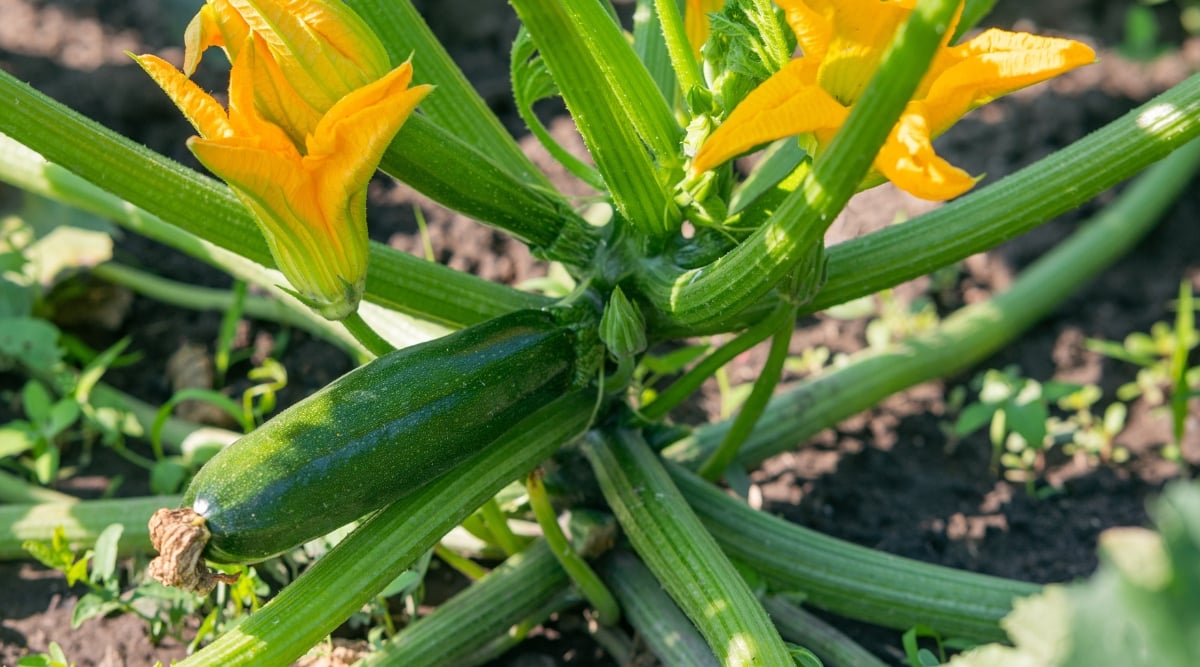

Not all folks get along with one another, so we are going to solely rely on the an identical of our yard counterparts. Listed under are a couple of of those crops to recollect when planning your yard:
- Leafy greens and smaller brassicas require the an identical nutritional vitamins as nasturtium, so that they’ll regularly be competing for belongings.
- Rosemary and sage need the soil to be drier, so nasturtiums acquired’t do correctly near them.
- Zucchini, summer season squash, and cucumbers moreover need the soil to be on the drier facet. Since nasturtiums entice cucumber beetles, attempt planting a row of them near your squash and cucumbers or inserting them in develop baggage on the corners of your yard plot at a protected distance.
Key Takeaways
- Nasturtiums are multi-purpose.
- When using them as a entice crop, plant them a distance away. In some other case, they will be ineffective in deterring the pests.
- Take into accout soil, water, and photo voltaic requirements and plant nasturtium with like-minded crops.
- Select the acceptable nasturtium in your yard desires.
Final Concepts
Nasturtiums, merely put, are a gorgeous and low-maintenance yard workhorse. Their peppery fragrance is believed every to attract and deter certain pests and, when used appropriately, would possibly assist stability your yard ecosystem.
[ad_2]

